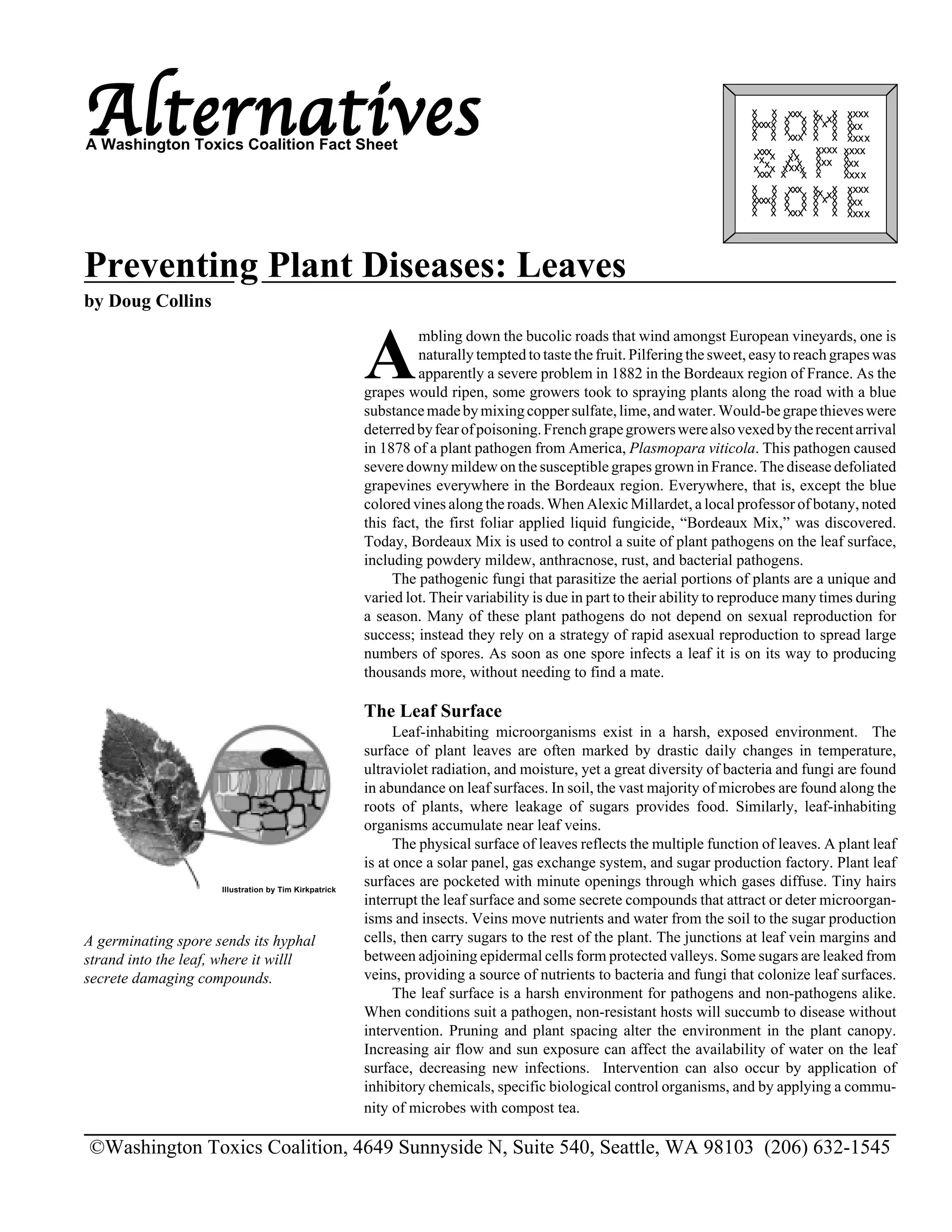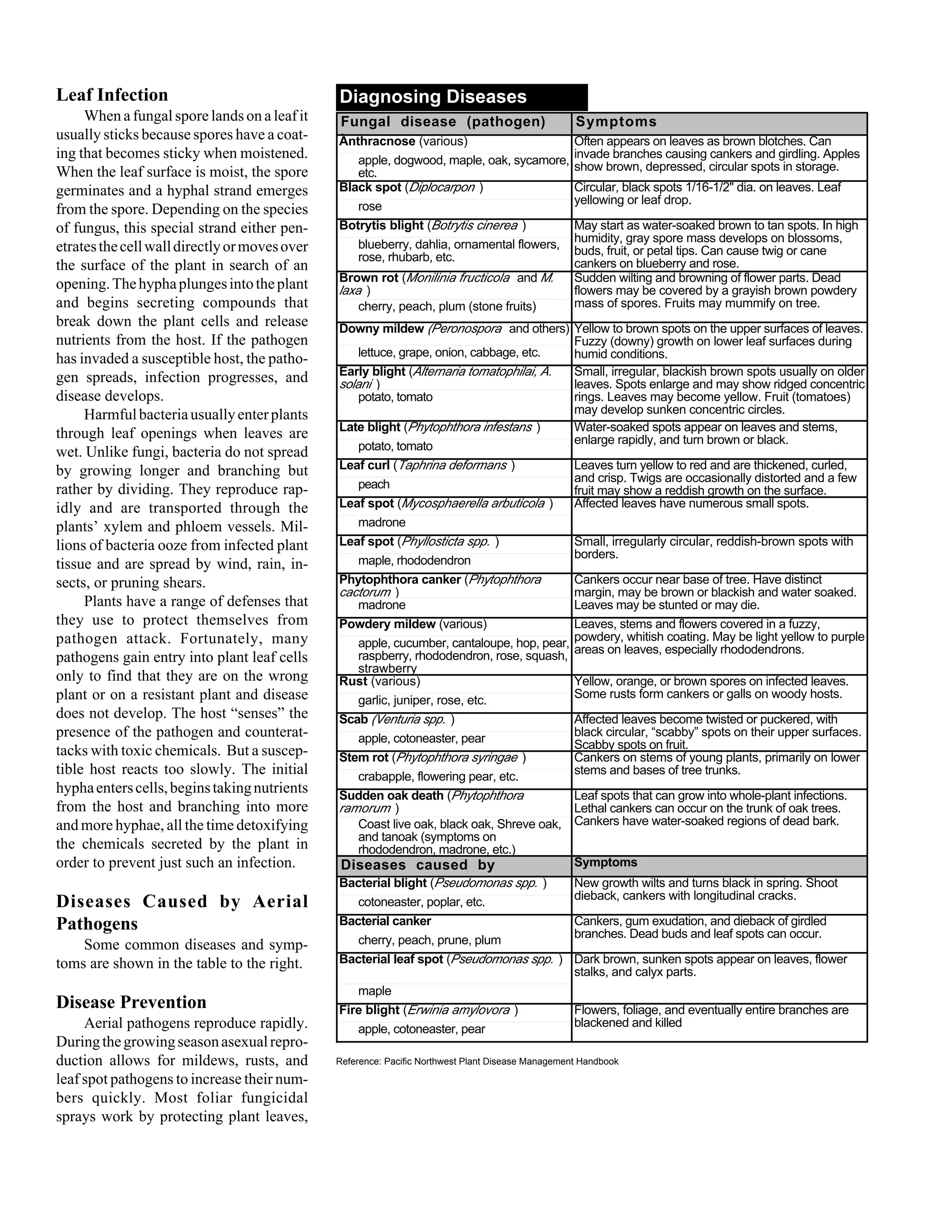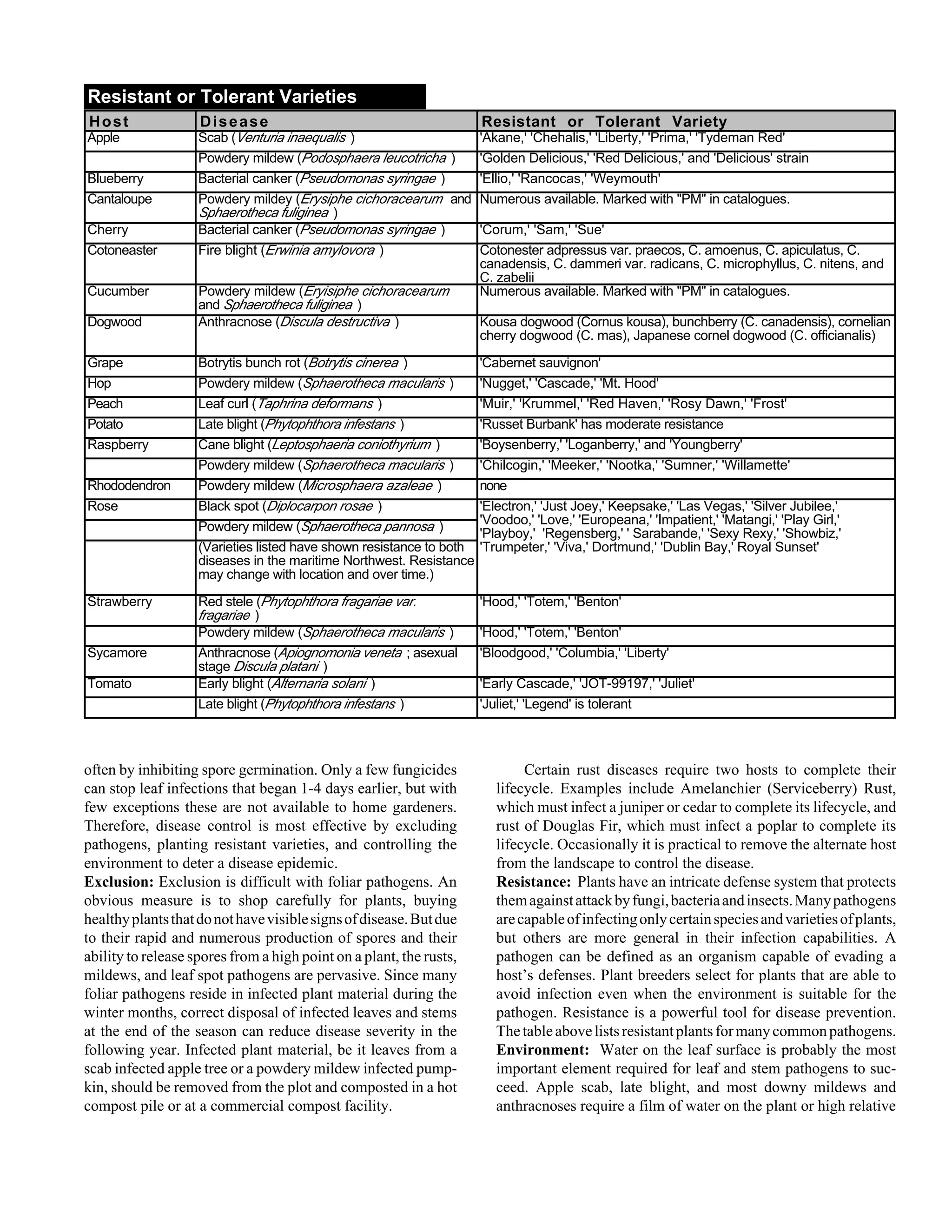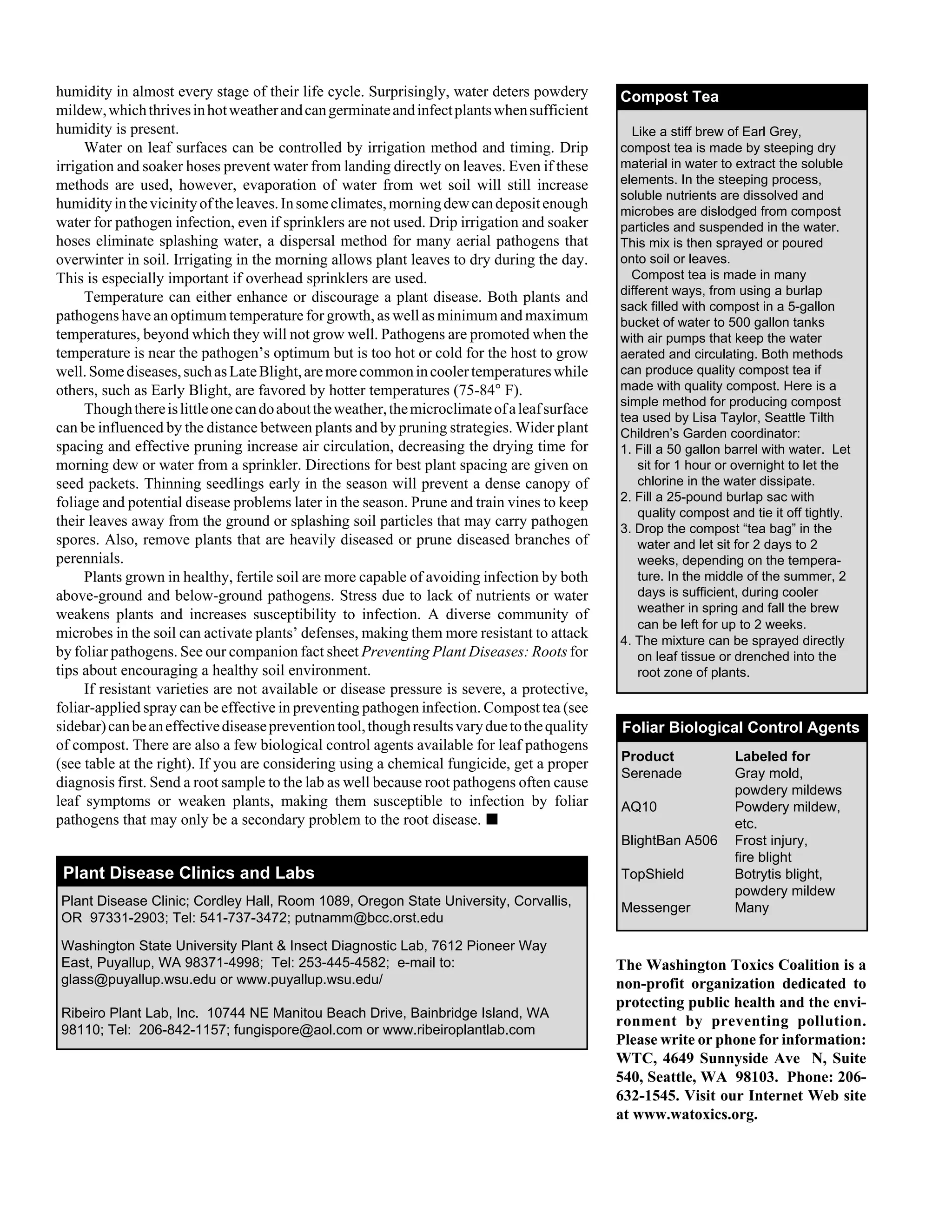The document summarizes how Bordeaux Mix, the first liquid fungicide, was discovered in 1882 in Bordeaux, France. Grape growers noticed that grapevines along roads that had been sprayed with a blue substance to deter thieves were not affected by downy mildew, unlike other vines. When a local professor observed this, he discovered Bordeaux Mix, made of copper sulfate, lime, and water, which controls many plant pathogens and is still used today.



